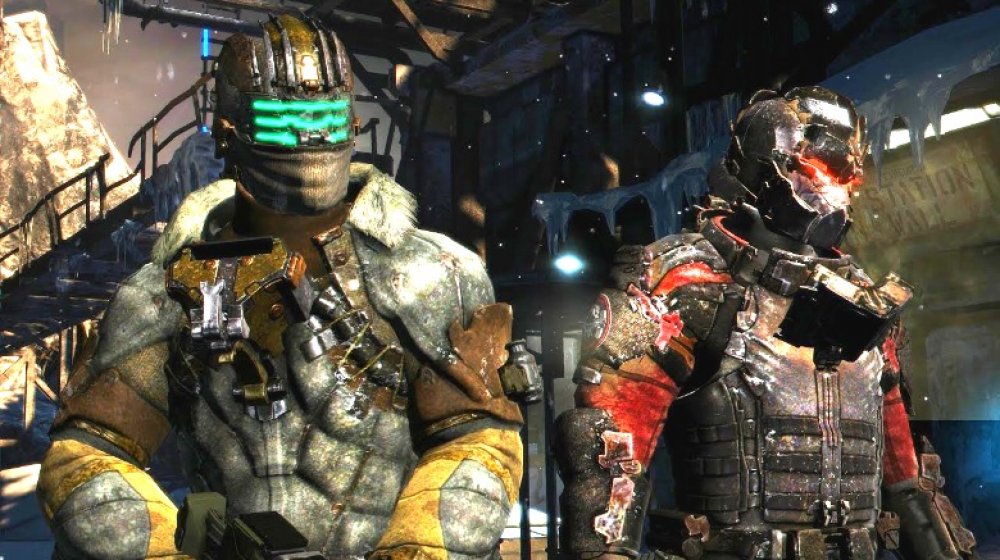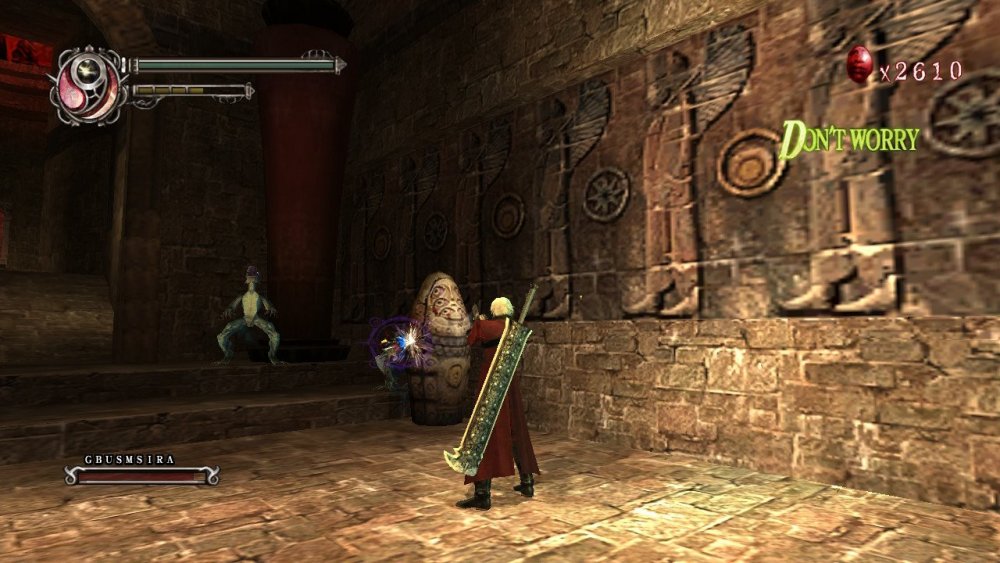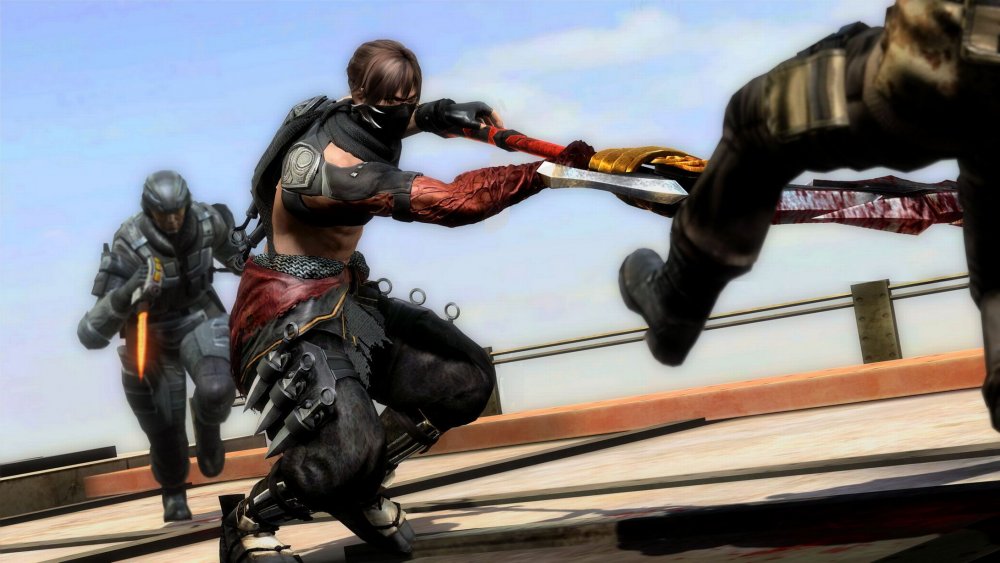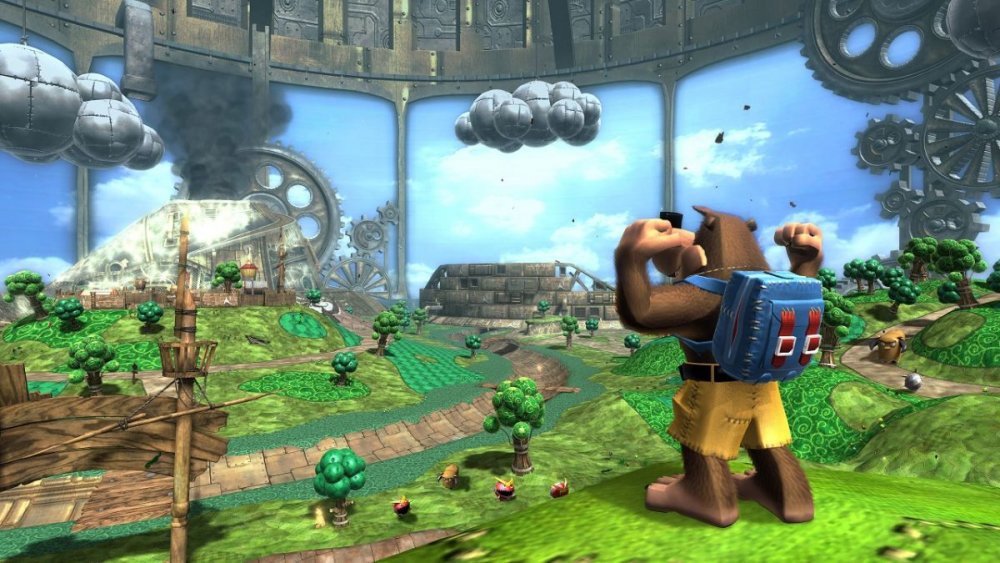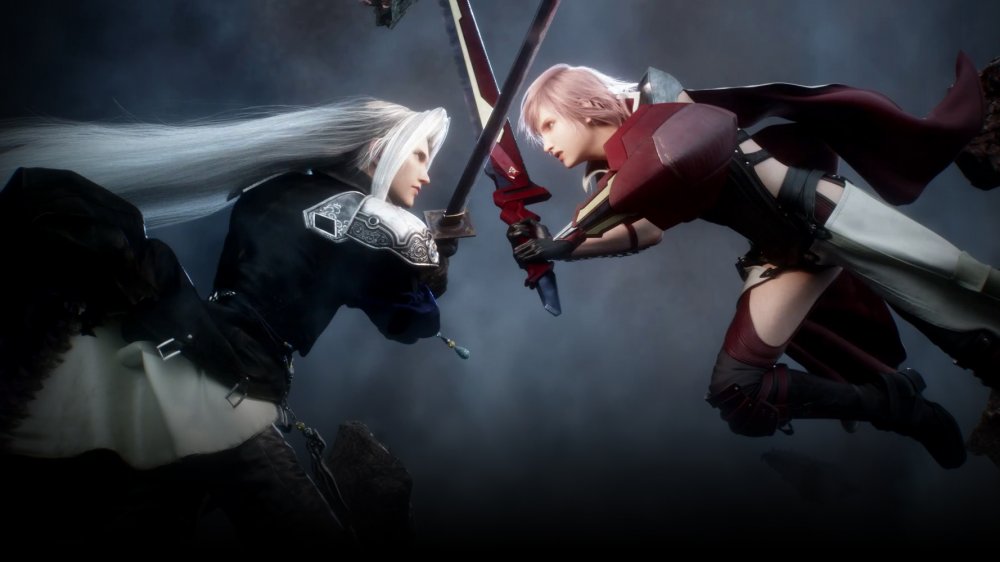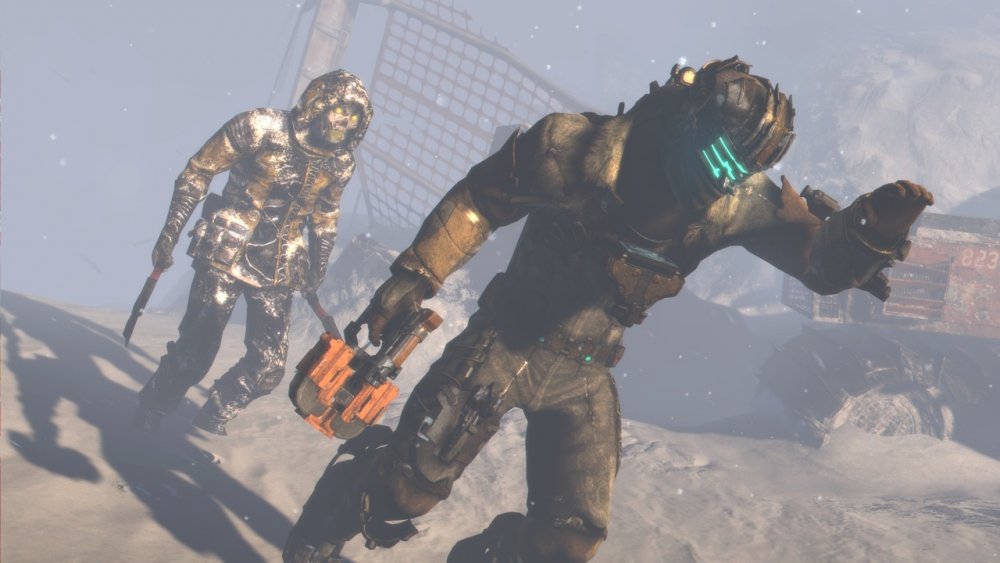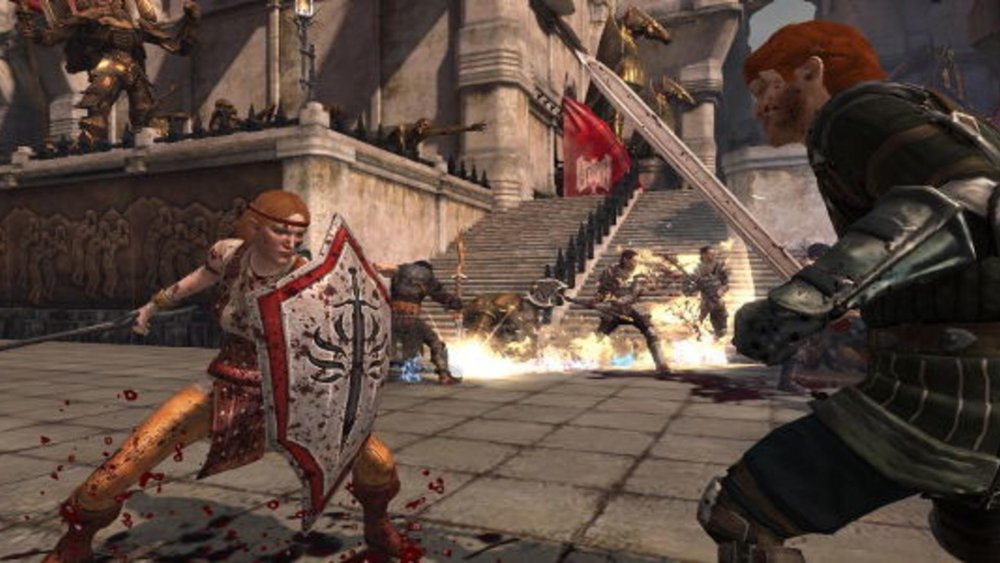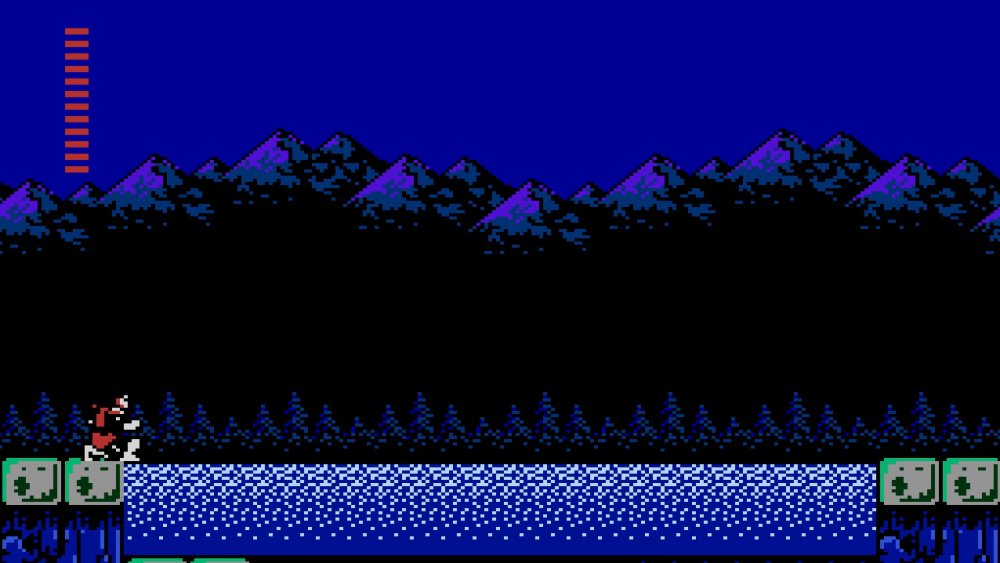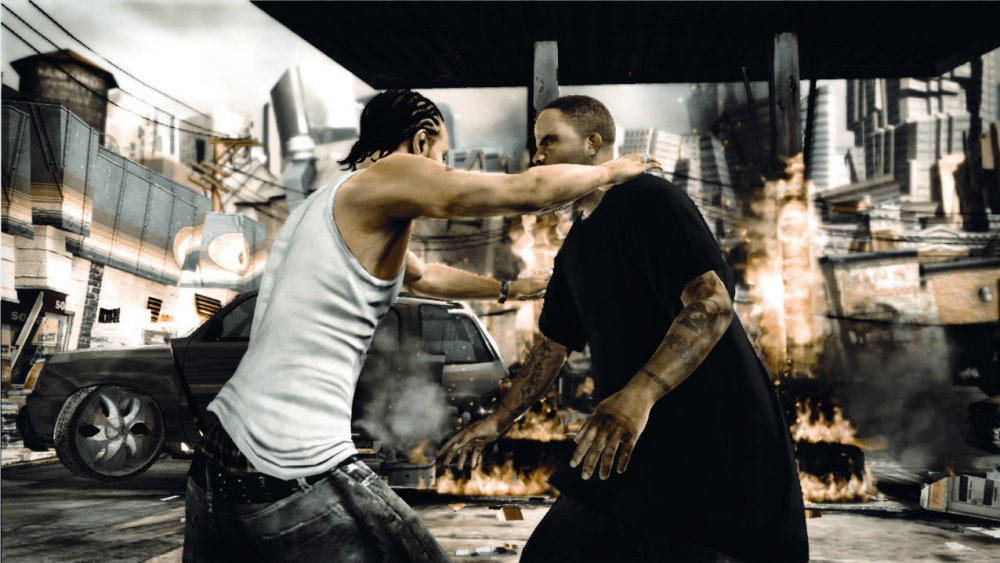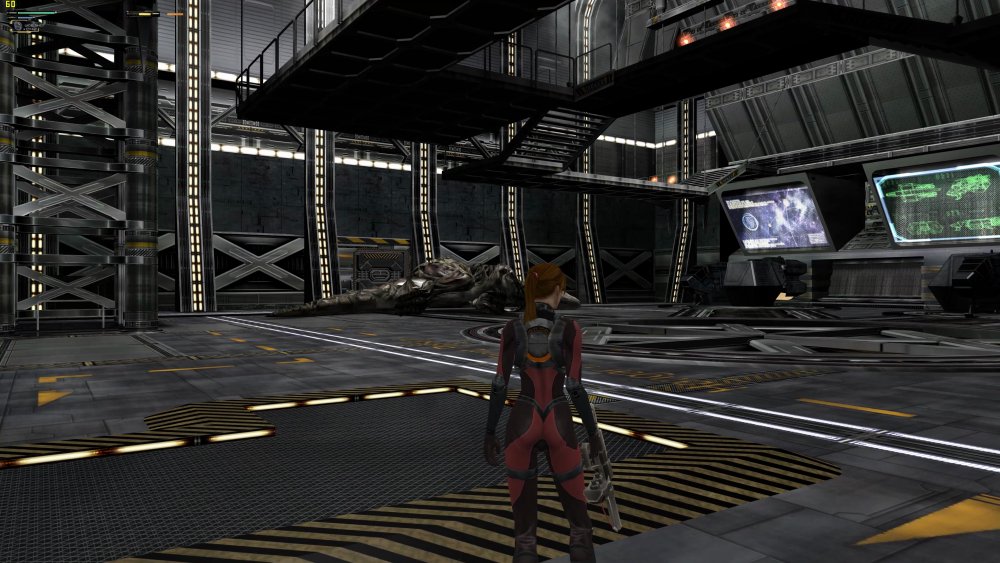Game Trilogies Ruined By One Bad Game
When a brand new video game franchise sticks its landing, it comes as no shock when that title gets the sequel treatment. The same thing happens with successful movies, albums, books, and plenty of other multimedia properties. In the world of gaming, developers and publishers work hard to create long-lasting IPs that bring in the big bucks and increase the number of fans constantly singing their praises.
Since the dawn of gaming, most big releases have been given several follow-ups. Most of the time, the continuation of a beloved game paves the way for everything from prequels to spin-offs. There are certain franchises, however, that have given fans a lot to love but went on to destroy that goodwill with a later title. There have been trilogies where two entries are quality experiences, but one is now viewed as the black sheep. And in most cases, that error results in the franchise as a whole being put on ice for the foreseeable future.
Here are some of the game trilogies that were ruined by one bad game.
Devil May Cry
The first and third Devil May Cry games personified over the top, high octane action. At the heart of both games' outlandish but enjoyable conquests against demons was Dante, a silver-haired slick talker. Capcom garnered plenty of adoration for both titles, as evidenced by IGN's favorable reviews for Devil May Cry and Devil May Cry 3.
But in between those titles is the red-headed stepchild of the entire franchise, Devil May Cry 2. The beloved elements that made Dante's first foray such a smash hit were sorely lacking in this mediocre follow-up. The complaints lobbied against Devil May Cry 2 included the entirely too easy manner in which enemies could be dispatched, the all-too-similar path to progression for both Dante and Lucia, and the uninspired level design for some missions. Eurogamer's review of the game was none too kind to it, calling Devil May Cry 2 "a deeply flawed combat-based action game that offers a mere fraction of the depth and the challenge of the original."
Thankfully, the Devil May Cry franchise is in a much better state thanks to the fourth and fifth entries in the series.
Ninja Gaiden
Ryu Hayabusa's return to mainstream relevance began in 2004, when he resurfaced in a quality reboot. Four years later, gaming's most lethal ninja assassin came back to do even more damage in a much-improved sequel. Both the first and second games were heralded by GameSpot.
Developer Team Ninja's fine work on both titles inspired confidence in Ryu's next blood-soaked adventure. But once Ninja Gaiden 3 landed in gamers' hands, the response to it was much less gratifying. The game's main technical flaw came in the form of an unwieldy camera that can't keep up with the intense onscreen action. A lack of love for this sequel also came from its low difficulty when compared to its predecessors, a lack of weapon variety to play around with, and a horrible tacked-on multiplayer component. IGN's review brought up all of those points and summed up its final impressions by stating that Ninja Gaiden 3 "has no consideration for its fans' wants or what a new audience may have enjoyed. It's a nightmare that's as easy as it is uninteresting, and it abandons what used to work for awful new ideas that don't work together."
Needless to say, Ryu's fall from grace was pretty disappointing.
Banjo-Kazooie
Every '90s console seemed to rely on a platforming icon or two. The Nintendo 64 already had its mascot in Mario, but the furry duo of Banjo and Kazooie also gained some traction on Nintendo's 3D machine.
Rare garnered a ton of goodwill with the releases of Banjo-Kazooie and Banjo-Tooie. GameSpot adored the first game and its sequel. The open-world exploration gave way to plenty of collectibles to discover, quirky characters to interact with, and a wealth of secrets to uncover. Banjo-Kazooie: Nuts & Bolts, the third game in the trilogy, also featured a vast locale to tinker around in. But the game's radical departure from what worked before soured most fans who played it. Wired's review pointed out the game's driving-focused missions as nothing more than a bore, stating, "the issue is that none of the games you play with these vehicles are that much fun. Racing laps around the levels versus other goofy contraptions is either frustrating or boring or both."
Banjo-Kazooie: Nuts & Bolts may look gorgeous. But it's lack of fun content put a damper on all that beauty, and may have killed the franchise for good.
Dissidia Final Fantasy
Final Fantasy is known for giving fans amazing RPG adventures. Due to its popularity, Square Enix's biggest franchise has branched out to other genres with spin-offs. One was a fighting game that was introduced on the PlayStation Portable: Dissidia Final Fantasy.
Both the first and second entries in the series were celebrated for their unique takes on traditional arena fighters. The strong story presentation and wealth of content did a fine job of bringing hardcore and even non-Final Fantasy fans into the fold. Gaming Nexus and IGN's reviews celebrated both games' favorable attributes. Dissidia Final Fantasy NT looked to push the series to new heights on home consoles and help it reach its full potential. But something went wrong in translation. GameSpot was no fan of the game, stating "the story as a whole feels undercooked, even disregarding some of the newcomers to the roster." The site also didn't have kind words for the game's 3v3 battles, calling them "overly busy encounters with all fighters bunching up–made slightly worse by an overstuffed user-interface."
Along with its shoddy online capabilities and lackluster boss encounters, Dissidia Final Fantasy NT ended up being a huge step down from its predecessors.
Dead Space
It's hard to come to grips with the fact that Visceral Games is no more — it was the studio that provided two of the greatest survival horror games of all time in the first two Dead Space games.
Players and critics alike enjoyed the terrifying treks through Necromorph-filled dens as engineer Issac Clarke. Both games were equal parts fun and terrifying due to the presence of clever weaponry and morbid monsters to slay. GameSpot and IGN were huge fans of them.
Dead Space 3 arrived on the scene back in 2013. However, it ended up being the sequel that brought the entire franchise to an end. DarkStation's review applauded its strong co-op mode and gunplay. But DarkStation also had some complaints, writing, "this third entry goes out of its way to explain and rationalize nearly every unanswered question from the series, but it makes those answers either so convoluted or so clean that they deflate all the excitement put into revealing their nature." When you add the outlet's other knock on the game — "it's not scary, it's not difficult, and it's not especially memorable" — you can see why Dead Space 3 was such a letdown.
Dragon Age
BioWare's ability to construct RPGs with interesting characters, a tightly woven narrative, and intricate combat mechanics has garnered the studio plenty of adoration. These attributes are clearly evident in Dragon Age: Origins and Dragon Age: Inquisition. Heaps of praise were thrown upon both titles; Gamespot and IGN celebrated each game's strong storytelling, fun quests, and interesting world exploration.
However, Dragon Age 2 didn't exactly nab as much critical acclaim as its predecessor and follow-up. While the game certainly had its positive attributes, some critics felt less than enthusiastic about everything else the game had to offer. In response to Dragon Age 2's campaign structure, Wired's review mentioned that "none of the quests are that interesting." When it came time to bring up the combat system, that same review noted that "outside of a few innovative encounters with big boss characters, there's very little strategy. Upon entering an encounter, just start spamming magic spells." Complaints were mainly lobbied against Dragon Age 2's rushed and unpolished feel, a sentiment that several critics and fans agreed with at the time of release.
Dragon Age 2 stands out like a sore thumb when placed next to BioWare's far more competent RPGs.
Castlevania
The NES is home to a vast lineup of quality retro experiences. Included in that group of classic games is Castlevania, which gave pre-teen vampire hunters the ability to whip ghouls into oblivion. Exploring Dracula's castle and doing battle with his demon army was great back then and it still holds up to this very day.
The Belmont Clan's most prominent adventures are bonafide retro classics, as evidenced by Nintendo Life's retro reviews for the first and third games. However, the same can't be said about Castlevania 2: Simon's Quest. Nintendo Life brought up its issues with the game's two main faults. The game's botched English translation ("the text was written by somebody with seemingly no grasp of the English language, meaning some villagers that give necessary hints spew complete nonsense") and cheap invisible pits ("it is impossible to discern normal floors from blocks you can fall through") made playing through the game extremely frustrating. While the game's music was solid enough, the other issues were just too much to overcome.
Castlevania 2: Simon's Quest is sandwiched in between two amazing action platformers that NES fans should pay attention to. Perhaps you can play those and pretend the second game never happened.
Def Jam
No one asked for a wrestling game featuring the biggest hip-hop artists of the early 2000s. But after Def Jam Vendetta released, a whole lot of gamers came to appreciate what EA Canada and AKI Corporation produced.
Def Jam Vendetta and its equally amazing follow-up Def Jam: Fight for NY featured a who's who of rap and hip-hop's biggest personalities. And the best part about those games was the fact that its strong combat mechanics made beating up those stars so much fun. IGN's appreciation for the first and second games is clearly evident through its reviews. Def Jam: Icon, on the other hand, was met with far less love. Cheat Code Central noted that the game's combat "eschews everything established by the former games for a more realistic, but far more bland fighting engine." The game's lack of using weapons in battle and no longer being able to play as women also brought its overall quality down several notches.
EA hasn't done another Def Jam focused fighting game ever since Def Jam: Icon's tepid response from fans and critics alike. Method Man and Busta Rhymes deserve so much better from the world of gaming.
Dino Crisis
Capcom knows a thing or two about crafting incredible survival-horror games. The Resident Evil franchise is clear proof of that. The first two Dino Crisis games adopted the gameplay structure of that series and threw in vicious dinosaurs to increase the scare factor to an all-time high. IGN gave the first and second game high praise back in the day.
Then the series began to falter. Dino Crisis 3 arrived years later and solidified the franchises' sad downfall. GameSpot's feelings about this original Xbox exclusive were harsh, to say the least. It found issues with the game's uncooperative camera system, lack of genuine survival-horror scares, and incredibly hokey storyline. The final sentiment the outlet expressed on Dino Crisis 3 said, "If you can stomach a frustratingly bad camera and have a yen to shoot a bunch of space dinosaurs, Dino Crisis 3 may be worth a rental. Though as you may have guessed, that description probably doesn't fit very many players." Ouch.

